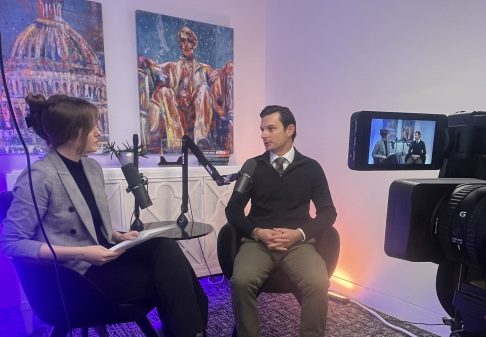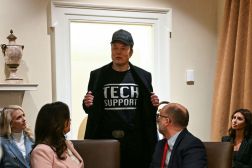More than a decade of fighting terrorism around the world, along with federal funding constraints and hiring freezes, has led the U.S. intelligence community to rely more heavily on private contractor personnel to fill key positions in everything from cybersecurity to language translation.
And while the intelligence community works to build its own hiring pipelines in critical areas and reduce its dependency on contractors, the Office of the Director of National Intelligence is finding it difficult to determine exactly how many private contractors are employed by the eight major civilian intelligence agencies, what they do and how much they are paid, according to a study released last week by the Government Accountability Office.
Every year, ODNI attempts to take an inventory of the intelligence community’s contractor workforce. And every year, it receives incomplete data in different formats from the various component agencies that make up the community, according to GAO, the investigative arm of Congress.
GAO found civilian intelligence agencies either under or overreported the number of contract obligations by more than 10 percent for approximately one-fifth of the records GAO reviewed. In addition, GAO found 40 percent of the contract records reviewed did not contain evidence to support the intelligence community’s purported reasons for relying on contractor personnel rather than government employees.
The lack of data and inconsistencies between agencies “precluded us from using the information on contractor functions to determine the number of personnel and their costs,” said Timothy J. DiNapoli, director of acquisition and sourcing management at GAO, in written testimony submitted to the Senate Committee on Homeland Security and Governmental Affairs.
Out of 102 records filed under “unique expertise,” 81 did not show evidence the position could not be filled by a government civilian employee. In addition, “the civilian IC elements could not provide documentation for 40 percent of the 287 records we reviewed,” the GAO report states.
This year, ODNI will conduct its eight inventory of contractor personnel and plans to introduce several new reporting requirements, said Stephanie O’Sullivan, ODNI principal deputy director.
“Specifically, we will require each IC element to provide a written explanation of the methodology used to identify and calculate the values for the data points,” Sullivan said in written testimony to the committee. ODNI will also require agencies to include explanations of any factors that may create variations in the data values.






